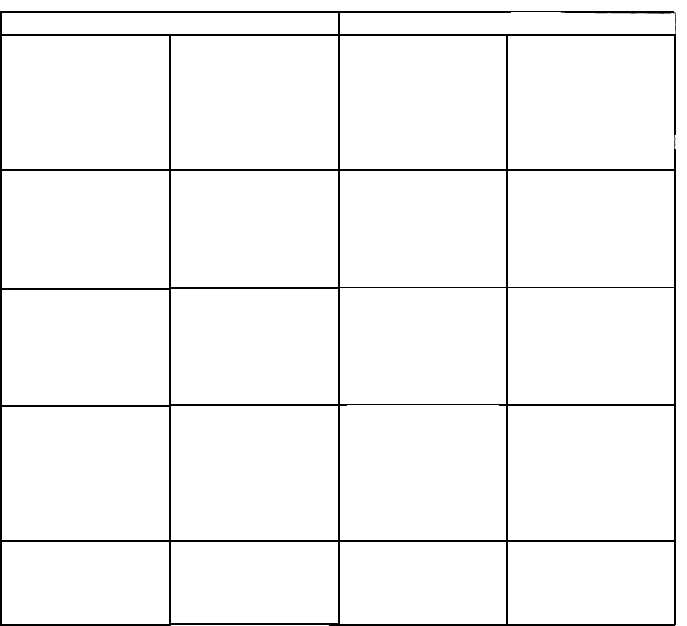PROJECTED AUDIOVISUALS
TAPE
A narrow strip or band
especially magnetic tape
that produces a tape
recording.
Other item
associated with tapes are
tape deck tape player, and
tape recorder.
NONPROJECTED
GLOBE
MAP
MURAL
OBJECTS (REALIA)
POSTER
AUDIOVISUALS
Something spherical or
rounded like a spherical
representation of the earth,
a celestial body, or the
heavens.
A representation usually on
a flat surface of the whole or
a part of an area; or
something that represents
with a clarity suggestive of
a map.
Relating to, or resembling a
wall; or a mural is a work of
art as in a painting that may
be applied to and made
integral with a wall or
ceiling surface.
Objects; that is, something
material that may be
perceived by the senses, or
activities used to relate
classroom teaching to the
real life especially of
peoples studied.
A bill or placard that is
decorative or pictorial for
posting often in a public
place
Figure 2-13.—Media audiovisual devices—Continued.
sometimes be included in the operations manuals that
l Extension cords. You should use as short a cord
come with certain types of equipment.
In operating audiovisual equipment, you should
become familiar with the necessary accessories and
charts. Some of the most familiar accessories and charts
are as follows:
l Batteries. Generally alkaline or nickel-cadmium
batteries are the best for audiovisual equipment.
Rechargeable batteries cost more, but they last longer.
Batteries come in a variety of sizes. Each is rated at 1
1/2 volts and can come in an assortment of different
sizes, such as D, C, AA, and AAA.
as possible, and you should use the right size wire.
Always use a cord with a ground wire or adapter.
l Lamps.
Projection lamps have many
characteristics-length, width, shape, wattage, base
configuration, filament, location, and reflectors, to
name a few. All lamps are designated by a code of three
alphabetical letters such as DAK and ELH, which is the
information you will need to have when you must
replace a lamp.
. Lens, screens, and distances. Projection distance
is the distance from the projector to the screen. Lens
length, given in inches, is written on the lens holder.
Shorter lenses make larger images, and longer lenses
2-22

